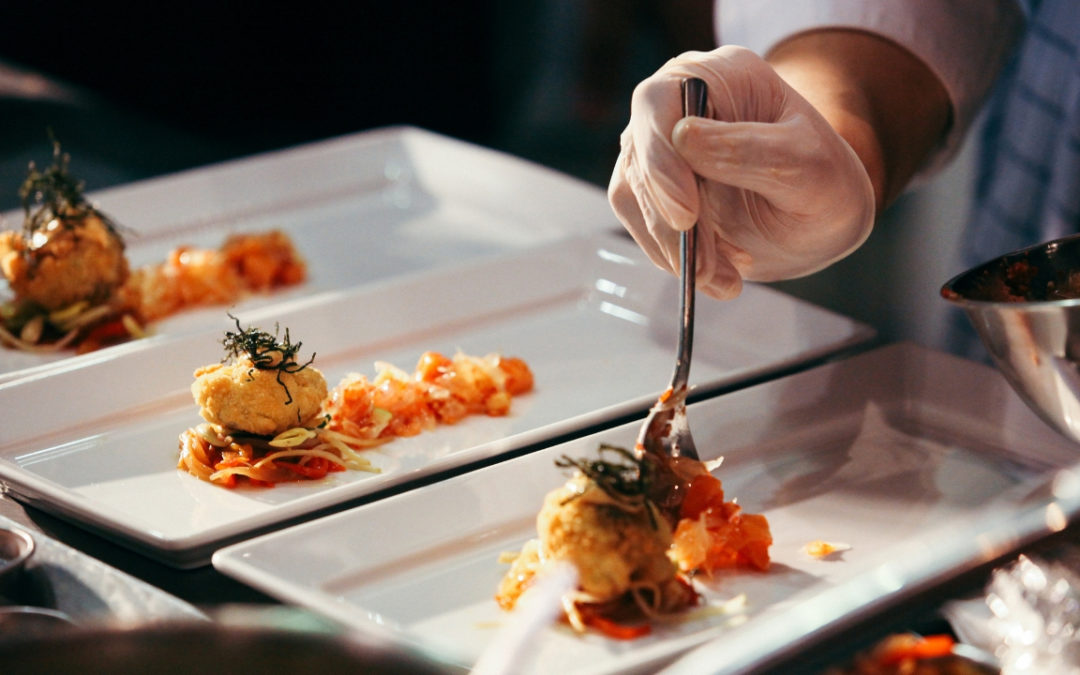- Design industry shaping loyalty programs
- Integrate easily and go live quicker
- Deliver hyper-personalized consumer experiences
Capillary acquires US-based Brierley+Partners Read more >
Capillary named a Leader in The Forrester Wave™: Loyalty Technology Solutions, Q1 2023 Report Read more >

Food has always been an integral part of our lives, and eating habits of a population has often defined cultures, settlements and society in general. Though the significance of food has remained consistent, the what, how and where we eat has consistently evolved through centuries.
As the concept of a “restaurant” becomes more than 250 years old, recent advancements in technology and communication is completely redefining what a restaurant is and can be. Let’s look at a few such advancements, and tech trends that aim to shape the restaurant of the near future.
Going mobile
Here, I’m not talking about the rising number of mobile restaurants such as “food trucks” which is also an interesting trend in itself. Instead, I’m talking about the impact mobile phones, especially smartphones are having in the way we consume food.
Mobile ordering has truly captured the imagination of consumers who are craving something to eat and need it delivered to them very quickly. Sure, there was always home delivery of some kind and most large chains had their own hotline numbers where their consumers could order from, but never before has ordering food been more convenient than it is on a mobile app today.
With interactive menus, integrated payments and live order tracking, consumers can access the food from across their city, on their phone, from the comfort of their homes. Infact, many restaurant chains have started to offer their own app and mobile friendly websites (progressive web apps) to enable their customers to order from them directly. For restaurants, this reduces the dependency on food aggregators to enable online ordering. The restaurant mobile ordering experience that these chains are providing has also become one of the primary differentiators amongst growing online competition they face. Mobile ordering though is just one part of how mobile technology would be used in the restaurant of the future.
More and more restaurants are building their own mobile apps to make consumer experience better at their physical outlets as well. These apps also serve as a means for restaurants to offer a ‘VIP’ experience to their best consumers.
Whether it is the ability order ahead and skip the queue, or integrated payments, apps can make the buying process that much more seamless and convenient, giving these restaurants a bigger consumer experience edge amongst their competition. This has given rise to the term, “pre-restaurant” experience, where consumers are not just able to reserve tables or order ahead, but can also become part of the production process, being able to track their orders as they are being prepared in the kitchen. Geofencing through GPS and IoT devices has also enabled restaurants to track the arrival of customers, ensuring they can serve the customer at the right time, virtually eliminating any waiting period. Such convenience is especially important as according to Mintel, for 82% consumers, convenience plays an important role when it comes to their dining out choices.
Personalisation of Experience
Apart from the increase in convenience that apps are bringing, Artificial Intelligence technology and the amount of data restaurants have on consumers means that it’s becoming increasingly easy to personalise experiences for consumers. This trend is only going to become more intensive in the future.
Many restaurants are already personalising their menus using online food ordering platforms, but going forward, even menus at tables could become digital and highly personalised. Whether it is based on food preferences, dietary restrictions, or even allergies, restaurants would be able to tailor their offerings based on each individual consumer. Personalised product recommendations both online and at the restaurant PoS or through the wait staff can further improve personalisation of experience.
More options for customisation
Customisation of menu items is already a big trend right now. 72% of consumers expect DIY customisation options at restaurants according to a report by Technomic. The restaurant of the future would present a bigger range of such customisation options to consumers.
This could be through a digital jukebox that consumers could control, on-demand entertainment they could enjoy, lights they could configure, etc. In the future some restaurants are going to branch out into realising completely immersive environments for consumers which they can control and personalise.
Automating processes
Automation is something that we’re going to see more often in restaurants of the future. This would be mostly driven to increase the efficiency of operations and reduce costs.
Modern kitchens are already full of innovative gadgets that help with various processes of food production. The human intervention required in between these processes would also gradually come down with bigger advances in robotics. Food delivery would also be automated in the restaurant of the future through drones that will bring food to customers, with greater speed and efficiency.
Service touchpoints have also slowly started to become digital. Many restaurants have been deploying digital kiosks where consumers can place orders themselves. Not only does this elevate queues at the outlet, it also gives consumers an option to place orders at their convenience. Going forward, such kiosk will get smarter, up to a point where they could almost function as virtual waitstaff at a restaurant, even capable of personalised conversations with the customer.
Virtual waitstaff could also be deployed at tables where they could trigger menus, assist with orders, refill water etc., automatically.
In order for this level of personalisation of experience to work seamlessly, restaurants of the future would have advanced facial recognition capabilities which would allow them to identify consumers walking into their stores, so they could serve them better.
Neurogastronomy, the study of how the brain creates perception of flavour, is another trend that could have a big impact in the restaurant of the future. Sure, many restaurant chains today use favourable colors such as red, which is said to induce hunger. Going forward – restaurants may be capable of changing the surrounding environment around diners based on their menu selections, with automatically triggered decor elements, lighting, scent and sound to increase the perceived flavour of their food.
Driving sustainability
Sustainability has become a huge concern for consumers today. Nearly half of consumers think that it’s important to consume food and beverage that are made with “clean label ingredients” according to Datassential.
As millennials become the biggest consumer group today, they will continue to influence the industry into building brands that stand for something and offer up authentic experiences. Driving sustainable practices of food production, and consumption are going to be big factors influencing consumer choice in the near future. Technology is going to play a big part in making this process easier and more efficient. Whether it is through smarter sourcing, more efficient production processes, and reduction of food wastage, better data and automation are only going to make restaurants more sustainable.

September 21, 2020 | 4 Min Read
Even before the pandemic, customer attention was at an all-t

January 9, 2019 | 4 Min Read
Food has always been an integral part of our lives, and eati